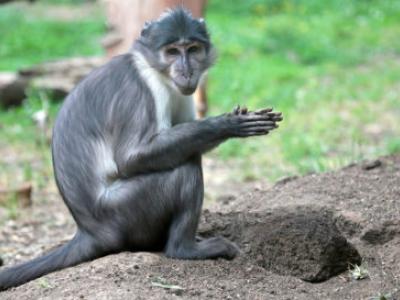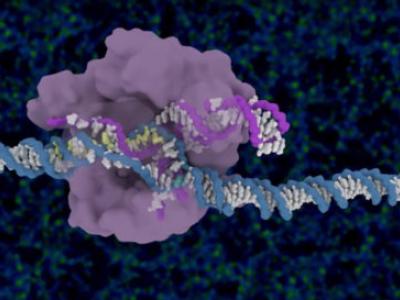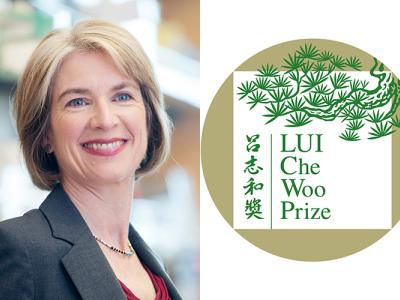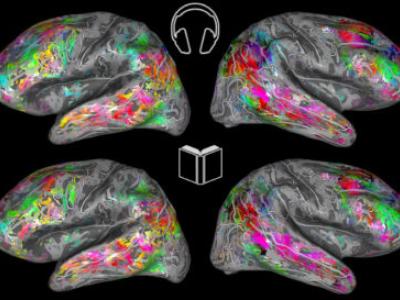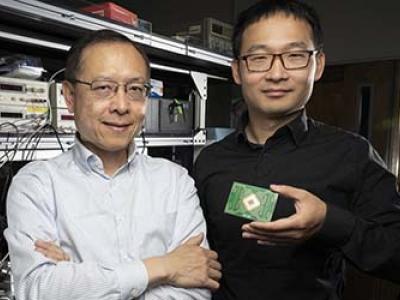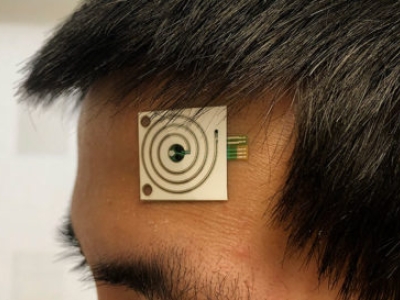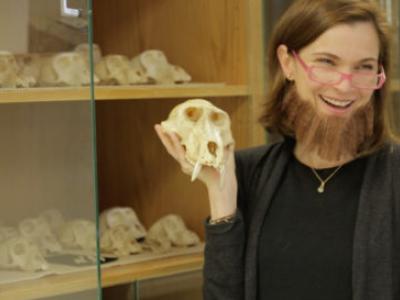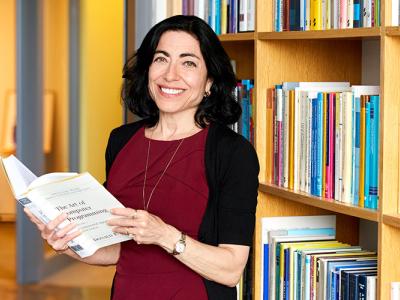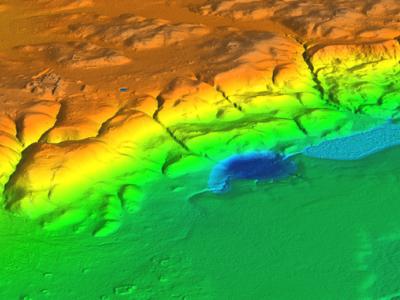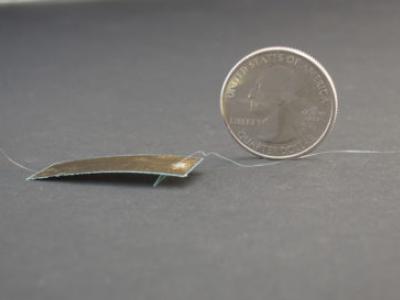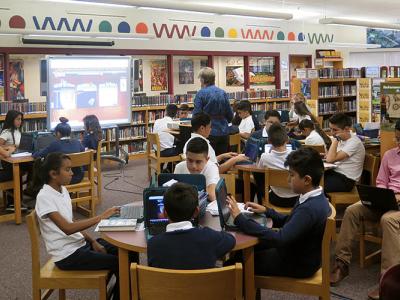For hundreds of thousands of years, monkeys and apes have been plagued by simian immunodeficiency virus (SIV), which still devastates primate groups in Africa. Luckily, as humans evolved from these early primates, we picked up a mutation that made us immune from SIV — at least until the early 20th century, when the virus evolved to get around our defenses, giving rise to human immunodeficiency virus (HIV) and an AIDS pandemic that today affects an estimated 38 million people worldwide. University of California, Berkeley, researchers have now discovered how that long-ago human mutation interfered with SIV infection, a finding that could provide clues for the development of new therapies to thwart HIV and similar viral infections.
Research News
Learn more about UC Berkeley's researchers and innovators.
Showing 1521 - 1536 of 3463 Results
The University of California, the University of Vienna and Emmanuelle Charpentier received an 11th U.S. patent involving CRISPR-Cas9, further expanding the reach of UC’s patented technology relating to this revolutionary gene-editing tool.
Structural biologist and biochemist Jennifer Doudna has been honored with the 2019 Welfare Betterment Prize, a relatively new Hong Kong-based prize, for her pioneering discovery of CRISPR-Cas9 gene editing. “Its potential applications for improving human welfare are vast, and Dr. Doudna’s work has already given hope to millions worldwide,” the board of the Lui Che Woo Prize — Prize for World Civilization said in an announcement.
Too busy or lazy to read Melville’s Moby Dick or Tolstoy’s Anna Karenina? That’s OK. Whether you read the classics, or listen to them instead, the same cognitive and emotional parts of the brain are likely to be stimulated. And now, there’s a map to prove it. UC Berkeley neuroscientists have created interactive maps that can predict where different categories of words activate the brain. Their latest map is focused on what happens in the brain when you read stories.
Berkeley engineers have created the fastest silicon-based, programmable two-dimensional optical phased array, built on micro-electro-mechanical systems (MEMS). This chip could lead to cheaper and more efficient medical-imaging devices, optical communications and holographic televisions. It could also give rise to more robust light detection and ranging (LiDAR) sensors for self-driving cars.
Needle pricks not your thing? A team of scientists at the University of California, Berkeley, is developing wearable skin sensors that can detect what’s in your sweat. They hope that one day, monitoring perspiration could bypass the need for more invasive procedures like blood draws, and provide real-time updates on health problems such as dehydration or fatigue.
When you picture a geologist or paleontologist tramping through steep, eroded badlands in search of rocks or bones, does that scientist have a beard? For many people, including women, the answer is yes, which spurred dozens of paleontologists around the world – all of them women – to glue on beards for photos now being exhibited at the Lawrence Hall of Science (LHS) at the University of California, Berkeley. The ironic message of the Bearded Lady Project is that, contrary to the persisting stereotype, you don’t have to be a man to love fieldwork and contribute to science; in fact: many field scientists are not.
As a Microsoft technical fellow, Jennifer Tour Chayes has made a name for herself as an expert in the field of network science and a leader of multidisciplinary labs that bring data science tools to bear on a wide range of problems. In January, she will leave her current position at Microsoft to become UC Berkeley’s first associate provost for the Division of Data Science and Information and Dean of the School of Information.
Mental illness. Video games. The Internet. These are excuses offered by the U.S. President and his supporters for a scourge of mass killings. But five decades of empirical research by preeminent criminal law expert Professor Franklin Zimring tell a different story: The core of our country’s deadly violence is access to weaponry.
Just as families record the changing faces of their kids as they grow older, the Hubble Space Telescope each year captures the changing faces of the solar system’s four colorful gas-giant planets. The newest photo in that yearbook is a portrait of Jupiter taken June 27 that reveals clouds swirling in the planet’s turbulent atmosphere that are painted with a color palette more intense than seen in previous years.
New evidence challenges one of the dominate theories of the collapse of the Maya of Central America.
Introducing an opioid painkiller into a home can double the chances someone else living in the home seeks out the addictive drugs on his or her own, according to a new paper from two UC Berkeley researchers.
If the sight of a skittering bug makes you squirm, you may want to look away — a new insect-sized robot created by researchers at the University of California, Berkeley, can scurry across the floor at nearly the speed of a darting cockroach.
Latino children are likely to enter elementary schools this year with fewer white peers than a generation ago, judging by data reported in a new study published today in Educational Researcher, a peer-reviewed journal of the American Educational Research Association.
UC Berkeley was awarded a five-year grant expected to total $47 million from the U.S. National Institute on Aging (NIA) to incorporate advanced brain imaging into an Alzheimer’s Association-led study to explore whether lifestyle changes can protect memory in those at risk of developing dementia.
University of California astronomers have tested Albert Einstein’s theories of relativity in the crucible of the monstrous black hole at the center of our Milky Way galaxy and found it rock solid. For now.

